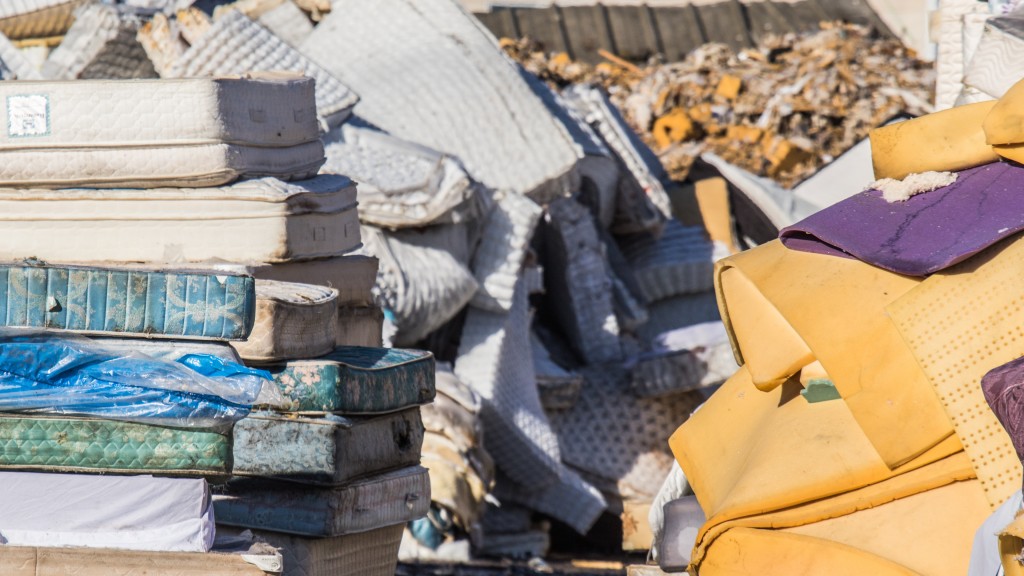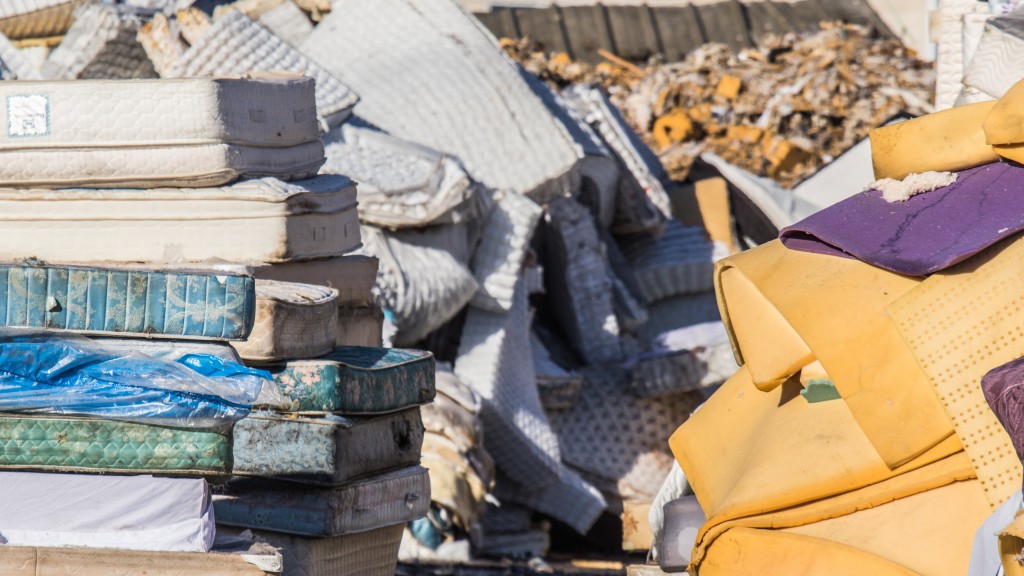Life cycle analysis finds mattress recycling cuts emissions, reduces water and energy consumption

A life cycle analysis of the Mattress Recycling Council's California operations conducted by an independent party found the program provides significant environmental benefits, including substantial reductions in greenhouse gas emissions and water and energy use.
The MRC has operated a statewide mattress recycling program in California since 2016 and operates similar programs in Connecticut and Rhode Island. Collectively, these programs have recycled more than 11.5 million mattresses. The MRC commissioned the study to establish baseline environmental performance indicators for its California program. Using this data, MRC can now focus on reducing carbon consumption, such as by making mattress transportation more efficient.
The life cycle analysis found not only that the materials recovered and reused as a result of MRC's recycling activities results in carbon savings that far exceed the amount of carbon used to collect, transport, and dismantle mattresses, and that it also provides other positive environmental benefits.
"The study demonstrates that mattress recycling generates impressive benefits across a broad spectrum of environmental indicators," says Mike O'Donnell, MRC's chief operating officer. "It also highlights areas where MRC can improve its environmental performance. Most of our energy consumption and carbon emissions are associated with the collection and transport over 15,000 loads of discarded mattresses annually. We can make our operations more sustainable by finding efficiencies in our transportation network."
In 2021, MRC processed 1.6 million mattresses in California and recovered or reused 77 percent of the material, which amounted to MRC reclaiming over 69.2 million pounds of material. Steel and foam constitute the bulk of recycled materials. Steel mattress springs are sold as scrap metal used to make new appliances, building materials, and other steel products, and mattress foam is mostly recycled into carpet padding.
"Completing the life cycle analysis represents an important milestone for MRC," says Ryan Trainer, MRC president. "In addition to documenting that mattress recycling works for the environment, the study provides a valuable tool for MRC and others moving forward. This analysis will help guide investment and research decisions, inform policy discussions, and allow MRC to evaluate future scenarios more accurately."
The study found that by recycling mattress components, MRC generated the following annual environmental benefits:
- 75 million fewer pounds of greenhouse gases emitted, which is equivalent to the emissions from driving a gas-fueled vehicle nearly 100 million miles.
- 818 million gallons of water saved, equivalent to an annual consumption of 37,500 gallons.
- 174,000-kilowatt hours of power saved, equivalent to the amount of power a city of 40,000 residents would use in one year.
Stated differently, the materials reclaimed from every mattress recycled saves 500 gallons of water, enough energy to power the average household for three days, and reduces greenhouse gas emissions by an amount equivalent to driving 60 fewer miles.



